
From Grit to Glamour: The Fascinating Process of How Pearls Are Formed
Do you know how pearls are formed? It's a fascinating process that you may not be aware of.
From grit to glamour, pearls undergo a remarkable journey to become the exquisite gems we admire. It all starts with an intrusion, when an irritant finds its way into an oyster or mollusk. As a defense mechanism, the creature secretes layers of nacre around the irritant, forming a beautiful pearl.
Over time, the pearl grows and develops, taking on its unique shape and luster. Finally, after years of transformation, the pearl emerges as a symbol of elegance and luxury.
The Origin of Pearls
Pearls are formed through a natural process that involves an oyster or mollusk secreting layers of nacre around an irritant. This process, known as pearl formation, has captivated humans for centuries. Today, pearl farming techniques have made it possible to cultivate pearls in a controlled environment, allowing for a steady supply of these precious gems.
Different types of pearl oysters are used in pearl farming, each with its own unique qualities. The most commonly used oyster is the Pinctada maxima, also known as the South Sea pearl oyster. These oysters are found in the waters of Australia, Indonesia, and the Philippines. They produce large, lustrous pearls in shades of white, gold, and silver.

Another popular type of pearl oyster is the Pinctada fucata, also known as the Akoya pearl oyster. These oysters are native to Japan and China and are known for producing round, white pearls with a high luster. They're often used in the production of classic pearl jewelry.
Other types of pearl oysters, such as the Pinctada margaritifera and the Pteria penguin, are also used in pearl farming. Each type of oyster produces pearls with distinct characteristics, making the world of pearls diverse and fascinating.
The Intrusion of an Irritant
Once an irritant finds its way into the soft tissues of an oyster or mollusk, the fascinating process of pearl formation begins. The types of irritants that can lead to pearl formation are diverse. They can range from tiny parasites to grains of sand or even small fragments of shell. When one of these irritants enters the oyster's body, it immediately triggers a defensive response. The oyster starts to secrete nacre, a combination of calcium carbonate and organic substances, to coat the irritant and protect its delicate tissues
Water plays a crucial role in the formation of pearls. The oyster's mantle tissue, which lines the inner shell, contains special cells called epithelial cells. These cells produce nacre and are responsible for the creation of the pearl. As the irritant becomes coated with layers of nacre, it gradually forms a pearl. The process takes time, usually several months to years, depending on the size and quality of the pearl desired.
It's important to note that not all irritants lead to the formation of pearls. In fact, most irritants are either expelled or encapsulated without forming a pearl. The ones that do become pearls are the result of a unique combination of factors, including the type and size of the irritant, the oyster's response, and the quality of the nacre produced.
The Secretion of Nacre
To understand the formation of pearls, it's important to know how oysters secrete nacre. Nacre secretion is a vital process that occurs in the soft tissue of oysters, specifically in a special organ called the mantle. The mantle is responsible for producing the substance known as nacre, which is the key component in pearl formation.
When an irritant, such as a grain of sand or a parasite, enters the oyster's shell, the mantle detects it and begins to secrete nacre. This secretion is a combination of calcium carbonate and conchiolin, a protein that gives nacre its unique iridescent properties. The oyster's goal is to protect itself from the irritant by coating it with layers of nacre, forming a pearl.
The secretion of nacre is a complex process that requires the oyster to continuously layer the irritant with thin coatings. As time goes on, the layers of nacre build up, resulting in the formation of a pearl. The thickness and quality of the nacre layers determine the value and beauty of the pearl.
The Growth and Development of a Pearl
Continuously layering the irritant with thin coatings, you gradually witness the growth and development of a pearl. The process of pearl formation occurs in several stages.
It begins when an irritant, such as a grain of sand or a parasite, enters the soft tissue of a mollusk. In response to this intrusion, the mollusk secretes nacre, a combination of calcium carbonate and proteins, to coat the irritant and protect itself. Over time, the nacre layers build up, forming a pearl.

The growth of a pearl is influenced by various factors. The size and shape of the irritant play a role in determining the final size and shape of the pearl. The thickness of the nacre layers also affects the quality of the pearl, with thicker layers generally producing higher-quality pearls. The environment in which the mollusk lives, including water temperature, salinity, and food availability, can also impact pearl growth. Additionally, the genetics of the mollusk can influence how quickly and successfully it forms a pearl.
As the layers of nacre continue to accumulate, the pearl grows in size and develops its characteristic luster and color. Eventually, after months or even years of growth, the pearl is ready to be harvested. It's a testament to the remarkable process of nature, transforming a tiny irritant into a beautiful gem.
The Transformation Into Elegance and Luxury
As you witness the growth and development of a pearl, it transforms from a simple irritant into a symbol of elegance and luxury. The evolution of pearl jewelry has played a significant role in this transformation. Over the years, pearls have become highly valued and sought-after gemstones, adorning the necks, ears, and wrists of royalty, celebrities, and fashion enthusiasts alike.
Pearls have a rich cultural significance that adds to their allure. In many cultures, they're seen as a symbol of purity and perfection. Ancient Greeks believed that pearls were the tears of the gods, while in Chinese culture, they represent wisdom and prosperity. Pearls have also been associated with love and romance, making them popular choices for wedding jewelry.
The cultural significance of pearls has influenced their use in various forms of art and fashion. From elegant pearl necklaces to delicate pearl earrings, designers have incorporated these lustrous gems into their creations, adding a touch of sophistication and luxury. Pearls have become a staple in high-end fashion, gracing the runways and red carpets with their timeless beauty.

Frequently Asked Questions
Are Pearls Only Found in Oysters?
Yes, pearls are primarily formed in oysters. However, there are alternative sources of pearls such as mussels and certain types of clams. These organisms create pearls in a similar process to oysters.
How Long Does It Take for a Pearl to Form?
It takes time for a pearl to form. Factors like the irritant's size and the oyster's health affect the pearl formation timeline. So, be patient and let nature work its magic.
Can Pearls Be Artificially Created in a Laboratory?
Yes, pearls can be artificially created in a laboratory. These pearls, also known as synthetic pearls, are made by inserting a nucleus into an oyster and stimulating the production of nacre.
Are All Pearls Round in Shape?
Yes, not all pearls are round in shape. Some pearls can be irregularly shaped due to unique pearl formations. These pearls have their own charm and beauty, adding a touch of uniqueness to any piece of jewelry.
What Factors Affect the Value of a Pearl?
When determining the value of a pearl, several factors come into play. These include the size, shape, color, luster, and surface quality of the pearl. Understanding these factors can help you determine the quality and value of a pearl.
Conclusion
Congratulations! You have now witnessed the incredible journey of a pearl, from its humble beginnings as an intrusion to its transformation into a symbol of elegance and luxury.
From the secretion of nacre to its growth and development, the process of pearl formation is truly fascinating.
So next time you admire a beautiful pearl, remember the grit and glamour it took to create such a precious gem.




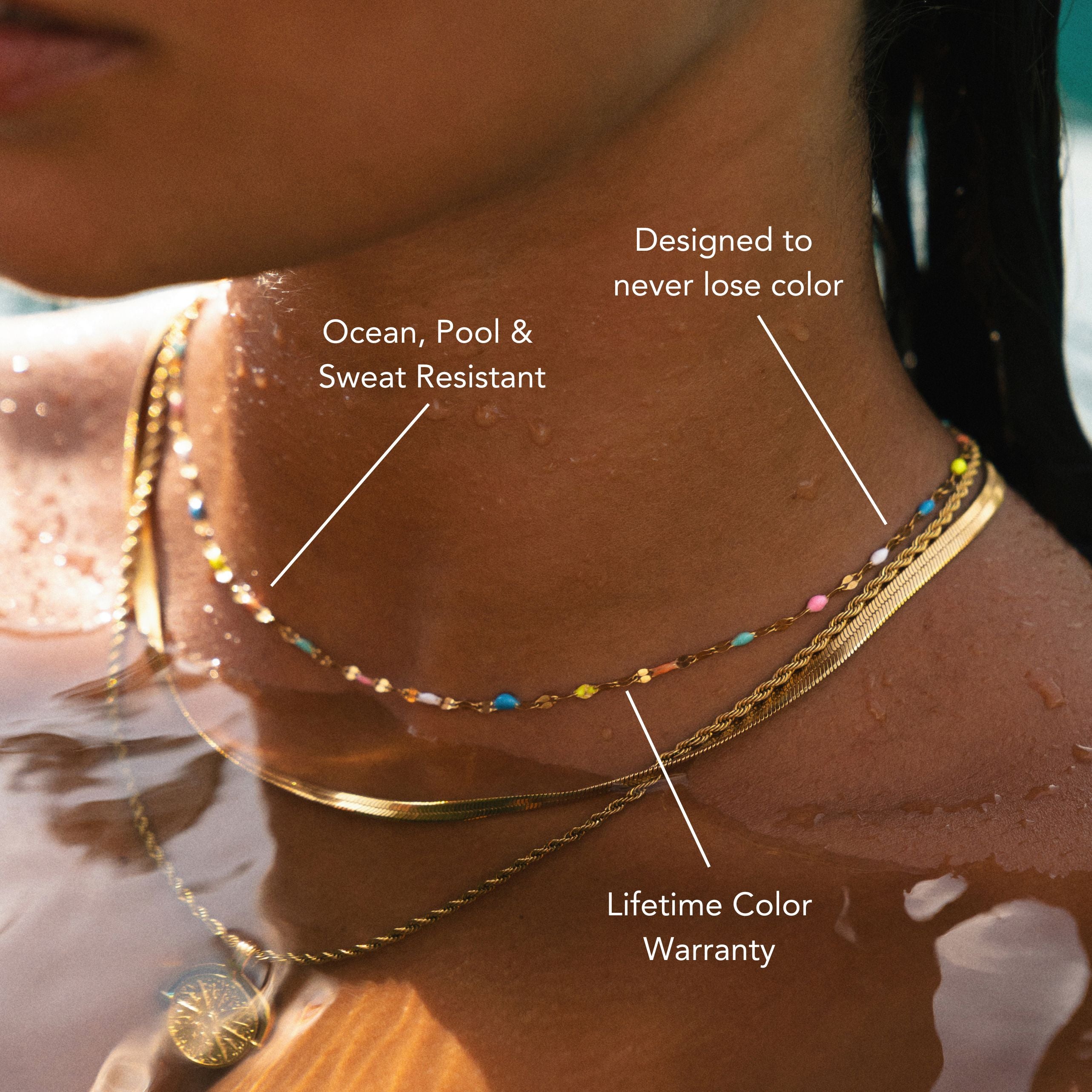
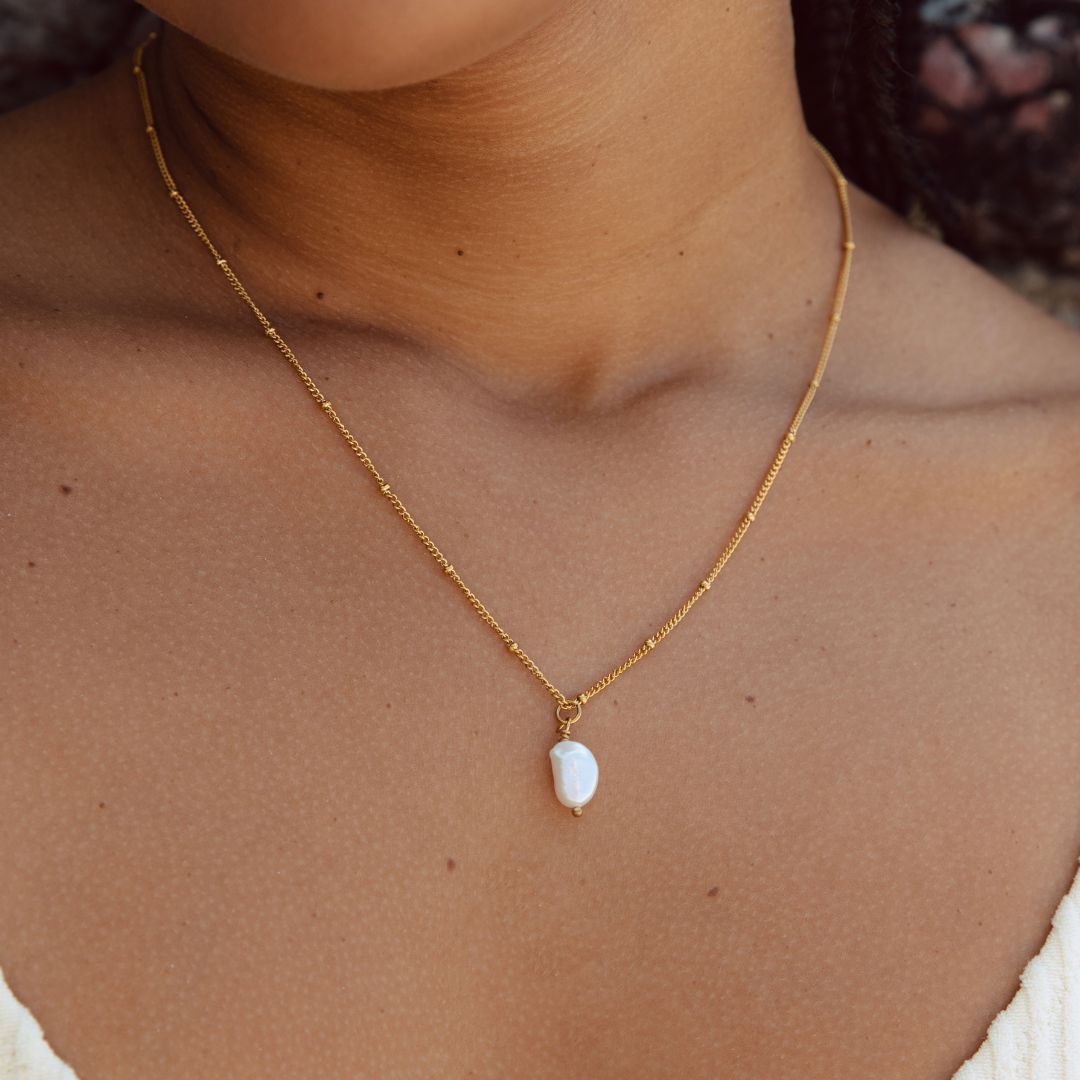

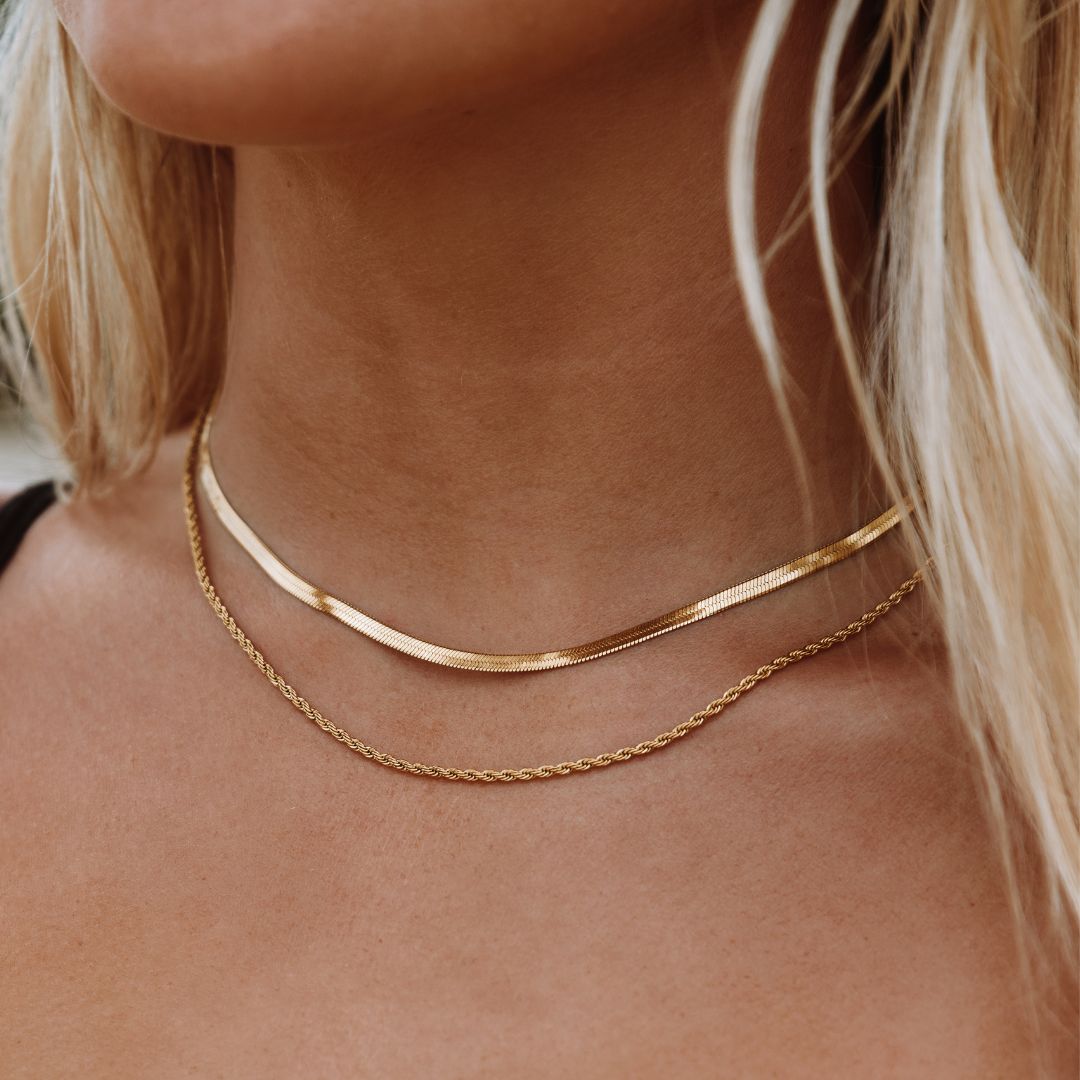





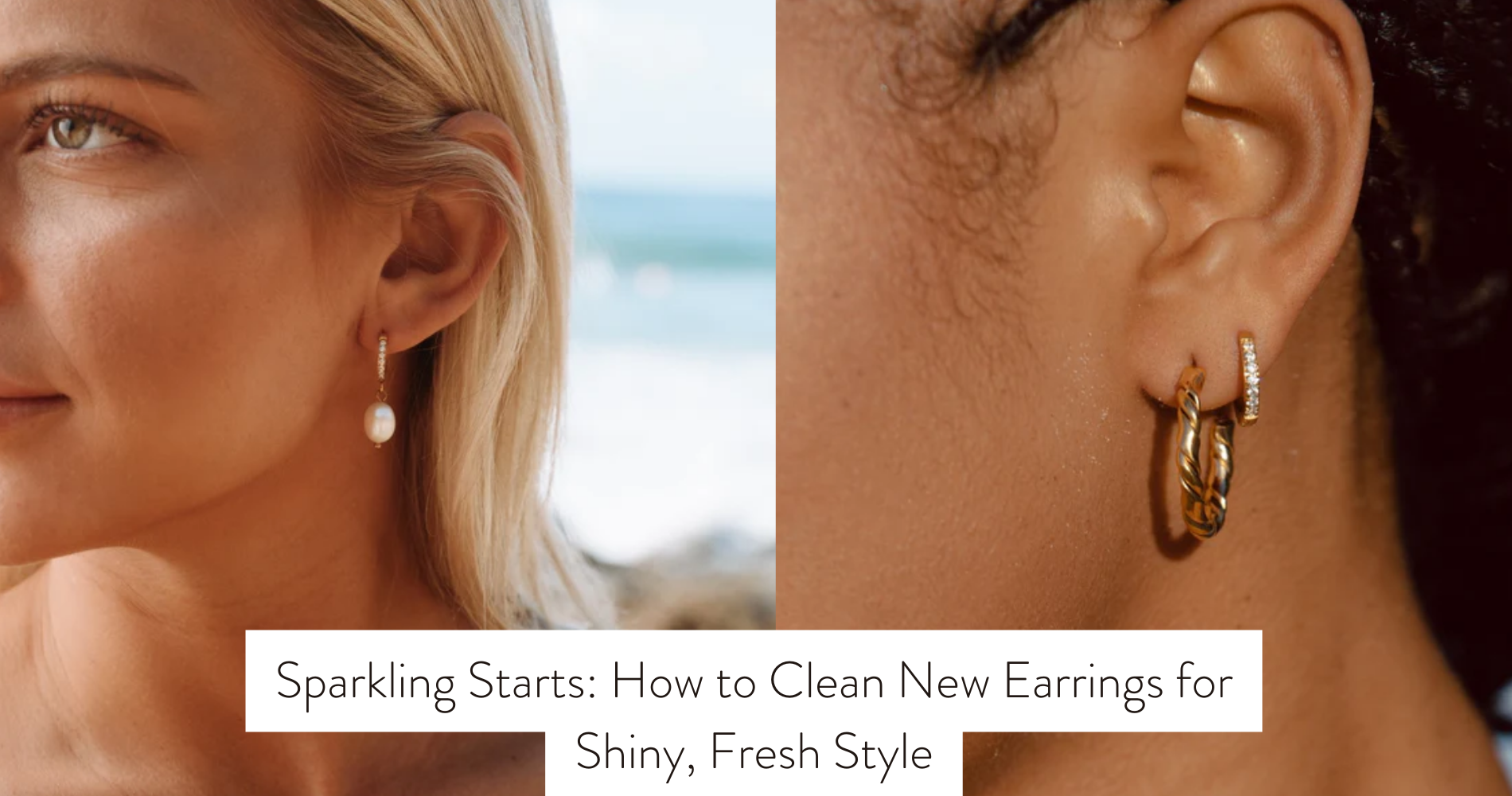
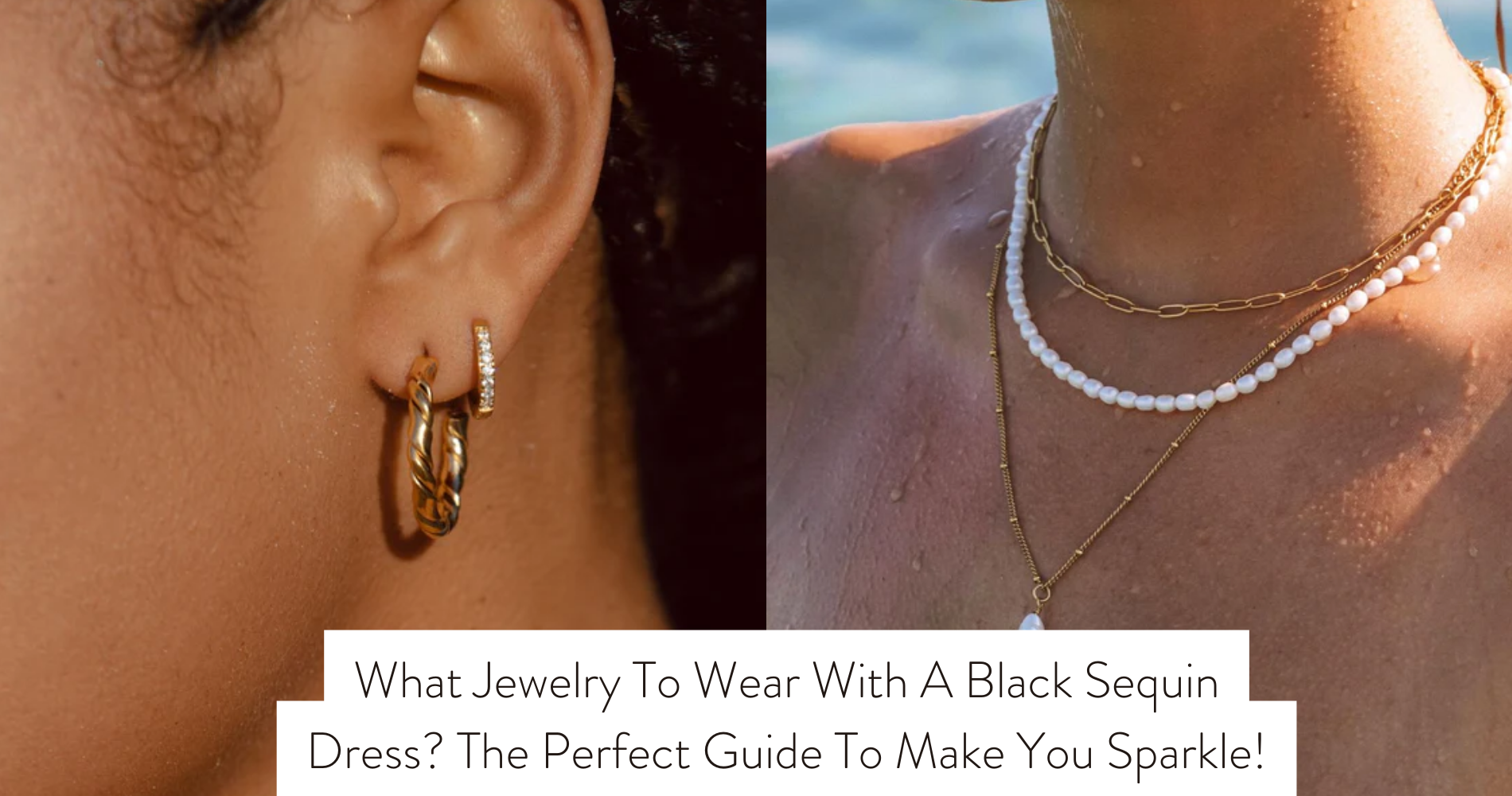




Leave a comment
This site is protected by hCaptcha and the hCaptcha Privacy Policy and Terms of Service apply.